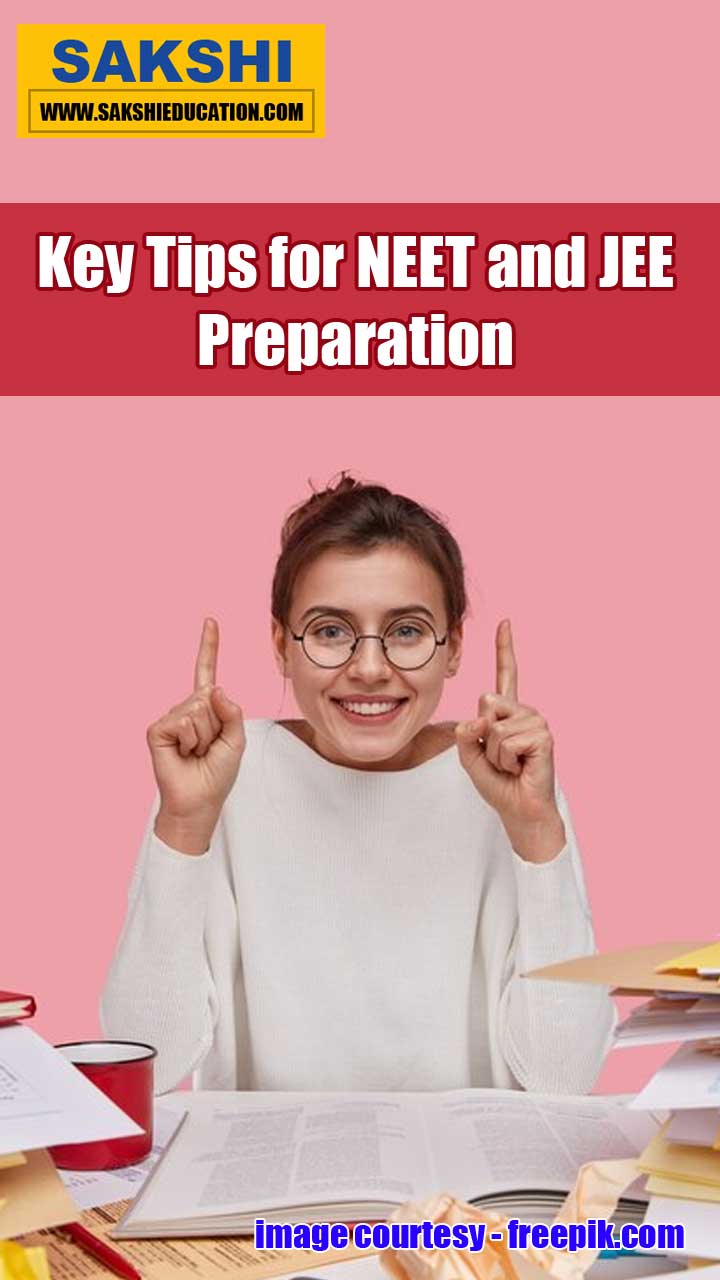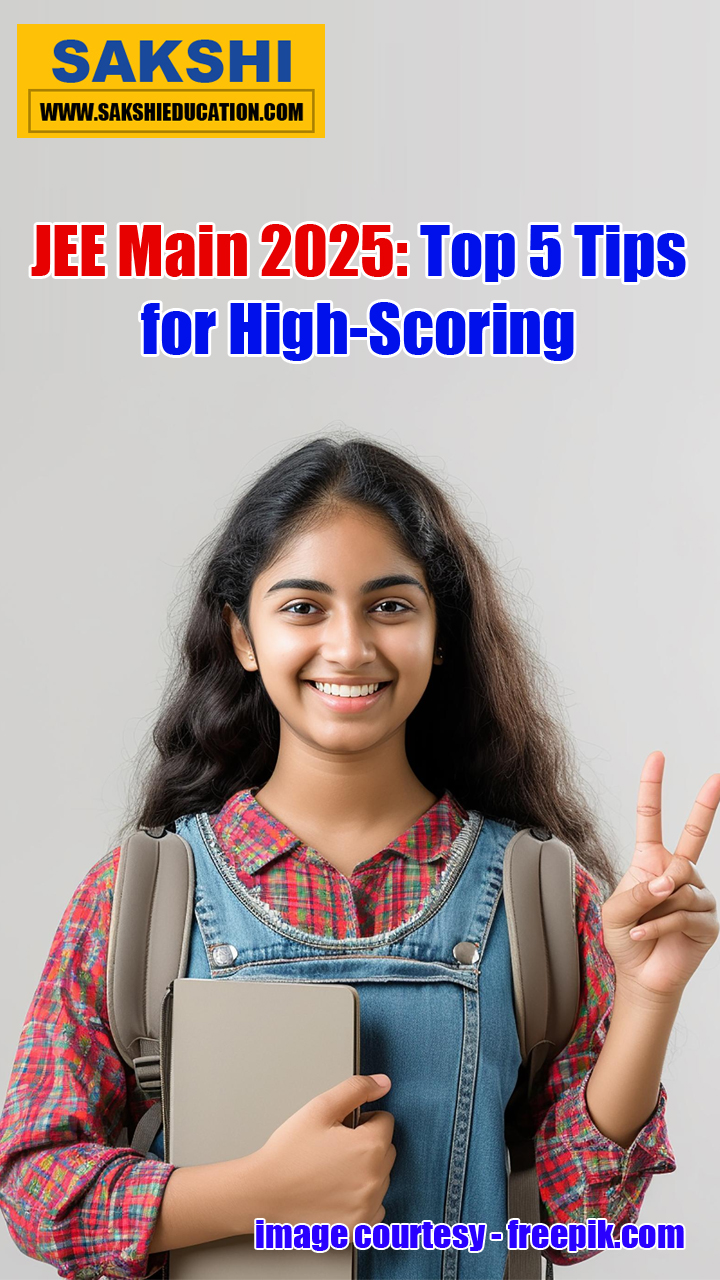Bit Banks/Model Questions for Bank Exams in Reasoning

Model Questions
Directions (Q.No. 1-5): In these questions, a relationship between different elements is shown in the statement(s). The statements are followed by two conclusions.
Give answer:
1) If only conclusion I follows
2) If only conclusion II follows
3) If either conclusion I or II follows
4) If neither conclusion I nor II follows
5) If both conclusions I and II follow
1. Statements:
A < M > P, S £ A, X £ P
Conclusion: I) M > S
II) X< M
2. Statements: A>M ³ P £ S,
Q £ P, M < D
Conclusion: I) D > A
II) M ³ Q
3. Statements: K = E ³ L ³ M,
I > N ³ T, E £ R=T
Conclusions: I) I > M
II) L £ N
4. Statements:
Y < W < L, Z ³ X = L, Y = R,
M < S < R
Conclusions:
I) M < X
II) Z > Y
5. Statements:
R = X > M, X £ K < S
P £ L = M
Conclusions:
I) L < S
II) K > P
6. In a certain code'ANEUPLOID' is written as 'UDOLINEPA'. How will 'EDUCATION' be written in that code?
1) UCODINEAT
2) UCODINETA
3) UCOIDNETA
4) UOCDINETA
5) None of these
Directions (Q.No.7-9): In each question given below have five statements. You have to take the given statements to be true even if they seem to be at variance from commonly known facts and then choose the option which suggests one of the statements as a logical valid conclusion from the given statements.
7. Statements:
1) Some stars are suns.
2) Some suns are planets.
3) All planets are satellites.
4) All meteors are satellites.
5) Some suns are satellites.
8. Statements:
1) All fishes are birds.
2) All birds are rats.
3) All rats are cows.
4) Some rats are fishes
5) Somecows aregoats
9. Statements:
1) All curtains are rods
2) Some rods are sheets
3) No curtain is pillow
4) Some sheets are pillows
5) No rod is pillow
☛ Join our Telegram Channel (Click Here)
Directions (Q. No. 10 - 14): Study the information and answer the following questions:
In a certain code language:
'not many gold items' is written as 'C@16, D+15, D#9, E$11'
'quality and latest things' is written as,
'F$22, C#3,G+19,F@14'
'creativity leads best word' is written as,
'D@4,J+E, E$14, D#25'
'god makes it beauty' is written as, 'F+4,C#9,B@11, E$15
10. What is the code for 'nest' in the given code language?
1) D@16 2) M@16
3) D@4 4) B@4
5) P@22
11. What is the code for 'majesty' in the given code language?
1) Y+5 2) G+15
3) G+25 4) A+15
5) G$15
12. What is the code for 'Indians' in the given code language?
1) G#11 2) R$11
3) G$11 4) G+11
5) W@4
13. What is the code for 'standard' in the given code language?
1) H$21 2) H@21
3) H#19 4) H#21
5) l#21
14. What is the code for 'fairy tricks' in the given code language?
1) D+13 F$20
2) B+15 F$22
3) E+8 F$22
4) D+15 F$21
5) T+15 F$22
☛ Join our WhatsApp Channel (Click Here)
Directions (Q.No. 15-20): Study the information and answer the given questions:
There are eight persons A, B, C, D, E, F, G and H seated in a circle all facing away from the centre but not necessarily in the same order. A is second to the right of B. C is immediate neighbour of neither A nor B. There are three persons between E and G. F is third to the left of D. E is immediate neighbour of B. G is immediate neighbour of D. F is not the neighbour of B.
15. Who is second to the left of B?
1) F 2) E
3) C 4) D
5) None of these
16. Who is between E and H?
1) F 2) B
3) C 4) D
5) None of these
17. If F and G interchange their positions, then who will be second to the right of E?
1) F 2) G
3) C 4) D
5) None of these
18. In which of the following pairs is the second person to the immediate left of first person?
1) CF 2) EG
3) BA 4) GD
5) None of these
19. How many persons are seated between F and H?
1) Three 2) Two
3) One 4) None
5) None of these
20. Which of the following pairs has the first person sitting third to the left of the second person?
1) GB 2) BH
3) GH 4) AF
5) None of these
Key with Explanations
1) 5;
S £ A < M > P ³ X. Hence, both the conclusions follow.
2) 2;
A > M < D. Hence, A and D cannot be compared. So, conclusion (I) does not follow.
M ³ P ³ Q.
Hence, Conclusion (II) follows.
3) 5;
I > N ³ T = R ³ E = K ³ L ³ M. Hence, both the conclusions (I) & (II) follow.
4) 5;
M < S < R= Y < W < L = X £ Z.
Hence, both the conclusions (I) & (II) follow.
5) 5;
P £ L = M < X = R £ K < S. Hence, both the conclusions (I) & (II) follow.
6) 2;
Vowels and consonants given in the word are arranged alternatively, starting with the vowel - Vowels in the reverse alphabetical order and consonants in the alphabetical order.
7) 5;
Some Suns are planets + All planets are satellites =Some suns are satellites
8) 4;
All fishes are birds + All birds are rats = Some rats are fishes
9) 3;
All curtains are rods + No rod is pillow = No curtain is pillow
☛ Follow our Instagram Page (Click Here)
(10-14): Each word is coded in the following way.
Each word is coded with alphabet in the first place, symbol in the middle and number in the third place.
The number of letters of the given word is represented by the alphabet based on the value of its position in the alphabet. For example, a three letter word is represented by 'C', four letter word by 'D' and so on.
Symbol represents the last letter of the given word. 'T' is represented by '@', 'Y' is represented by '+', 'D' is represented by '#' and 'S' is represented by '$'
Number represents the sum of value of the first letter, as per the alphabetical order, of the given word and '2'. For example, the value of the first letter in 'not' is 14, and that is added to 2 to get 16.
the value of the first letter in 'many' is 13, and that is added to 2 to get 15
10) 1;
'D' stands for the number of letters of the word 'nest'. @ represents the last letter i.e. 'T'. Number represents the value of the first letter i.e, 14 which when added to 2 becomes 16
11) 2;
G stands for number of letters in the word(7), 'Y' is represented by '+' . M(13) +2 = 15
12) 3;
G stands for number of letters in the word(7), 'S' is represented by '$'. I(9) +2 = 11
13) 4;
H stands for number of letters in the word(8), 'D' is represented by '#'. S(19) +2 = 21
14) 3;
E stands for number of letters in the word 'fairy'(5), 'Y' is represented by '+'. F(6) +2 = 8
F stands for number of letters in the word 'tricks'(6), 'S' is represented by '$'.
T(20) + 2 = 22
(15-20):

15) 4; 16) 2; 17) 2;
18) 1; 19) 1; 20) 1.
Tags
- bank exams in reasoning
- Competitive Exams
- Bank Exams Model Questions
- bit banks for reasoning
- bit banks for bank exams
- reasoning questions in bank exams
- model and previous questions for bank exams
- preparatory questions for reasoning
- reasoning exam preparation
- bank jobs
- competitive exam in banking
- Education News
- Sakshi Education News
- Bit Banks/Model Questions for Bank Exams in Reasoning



















